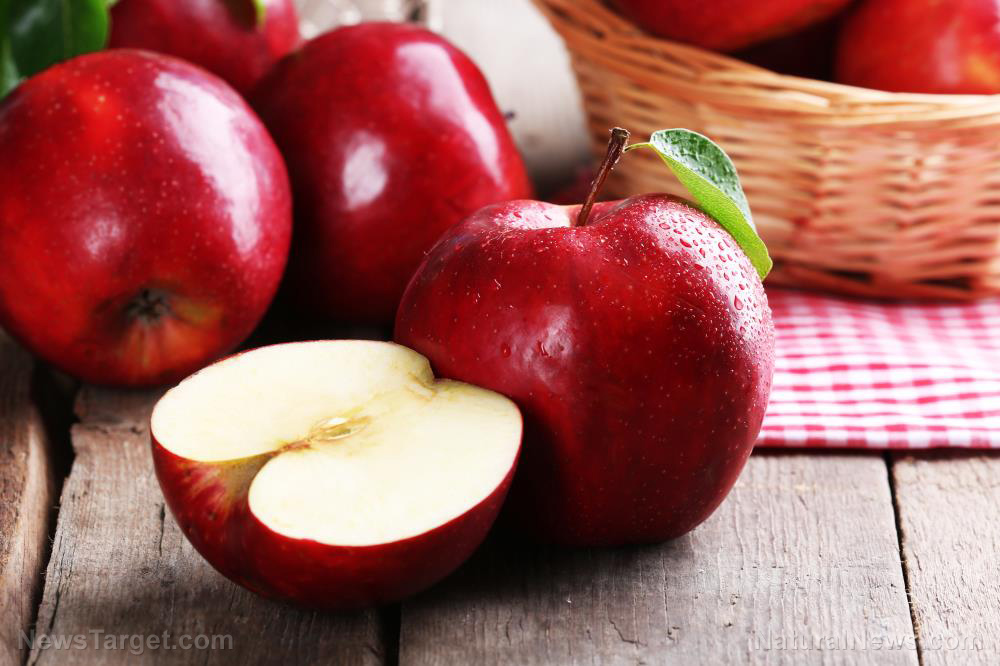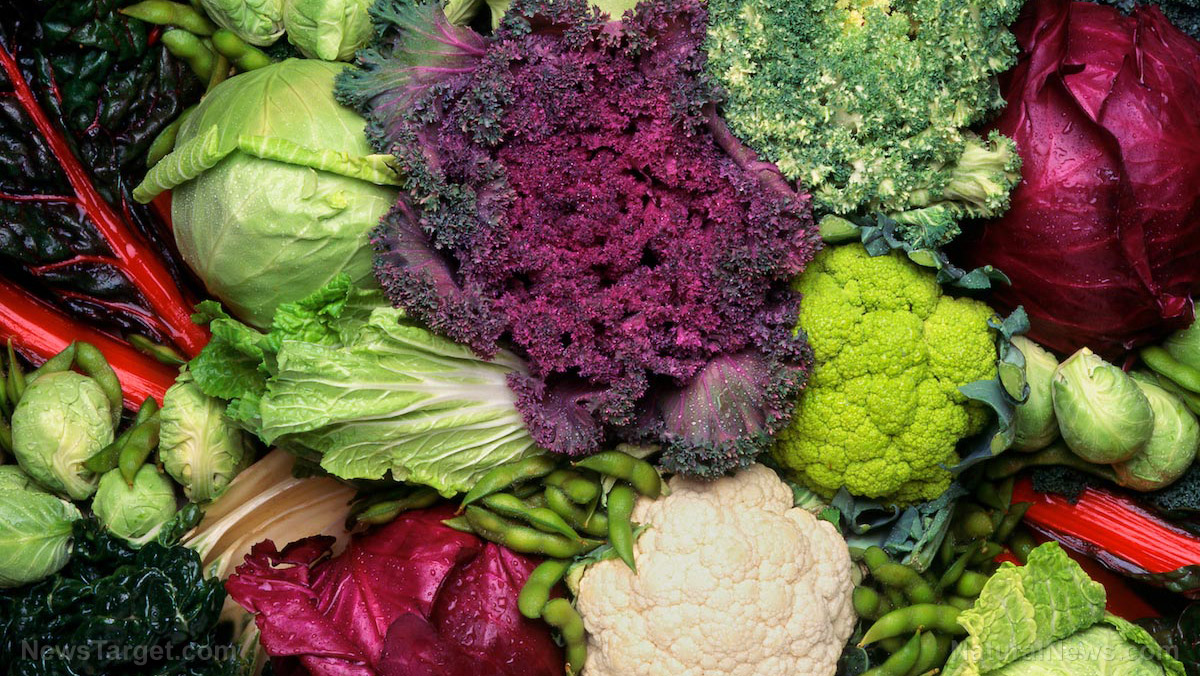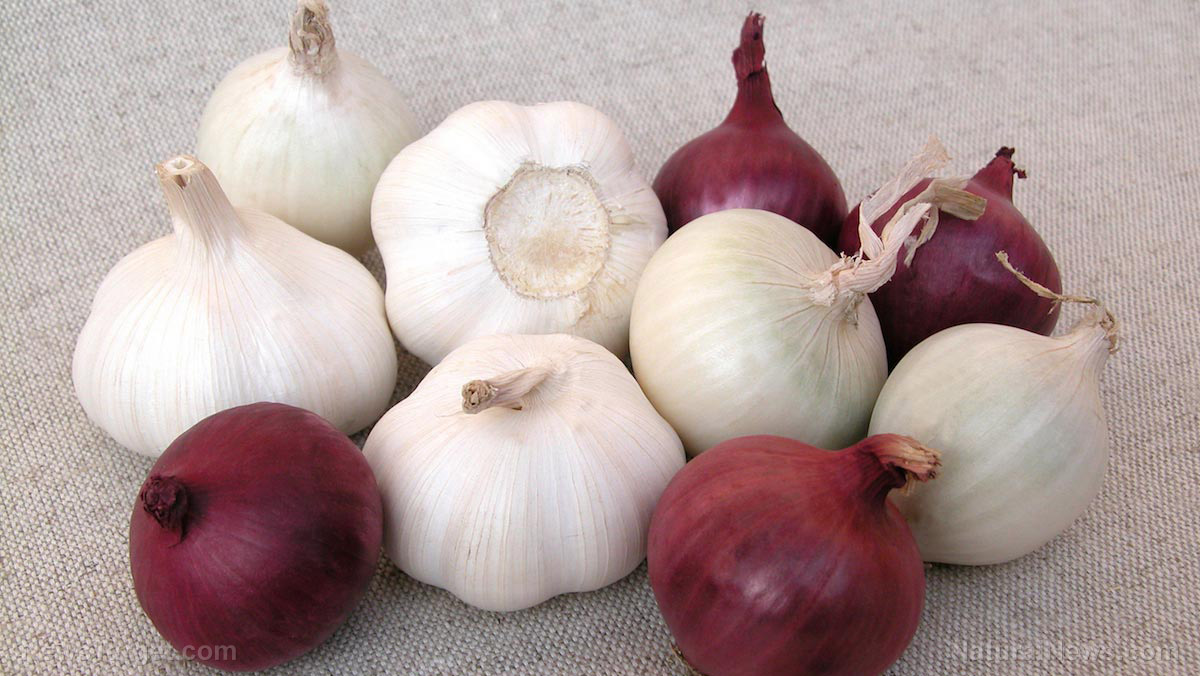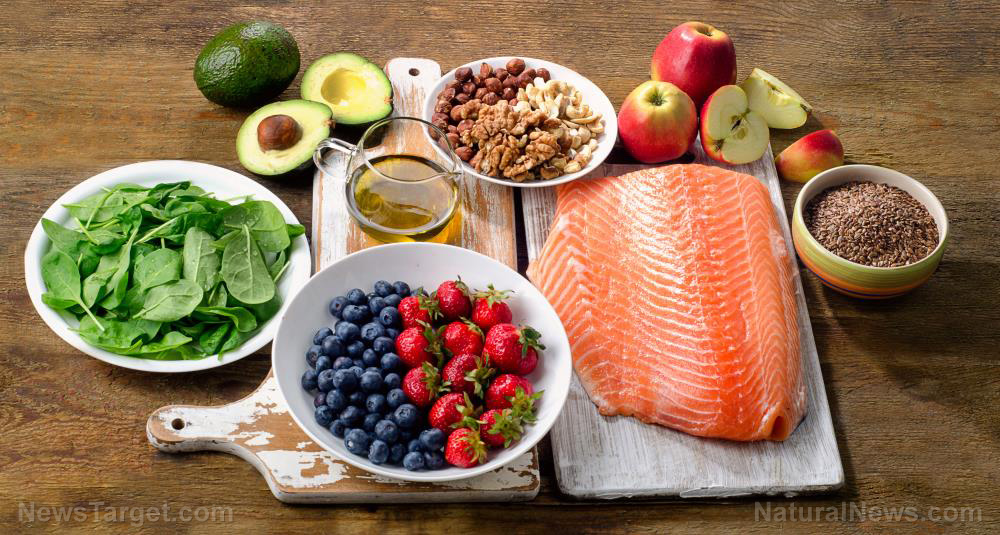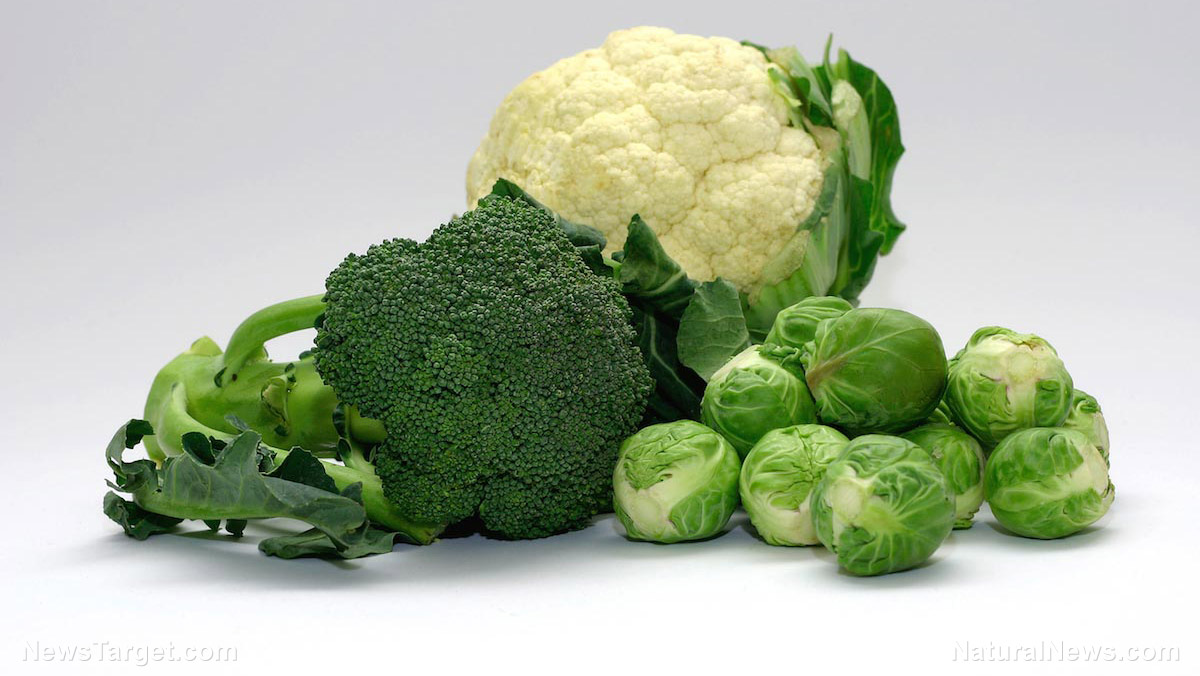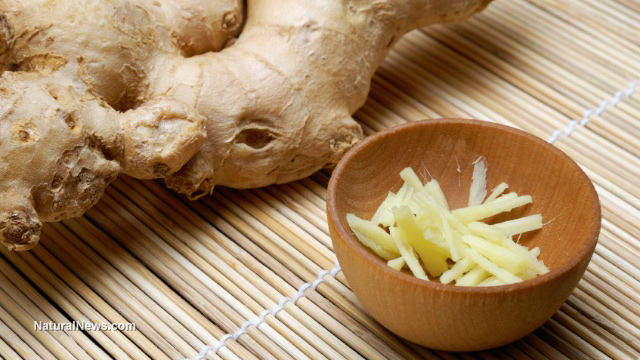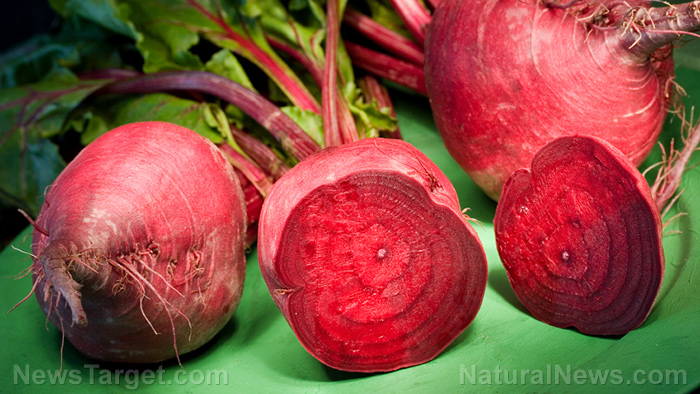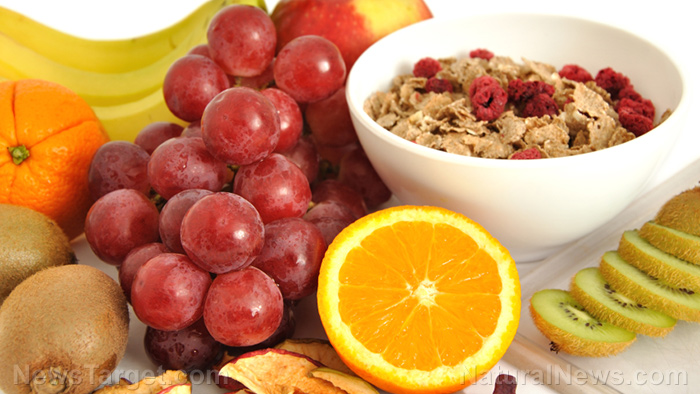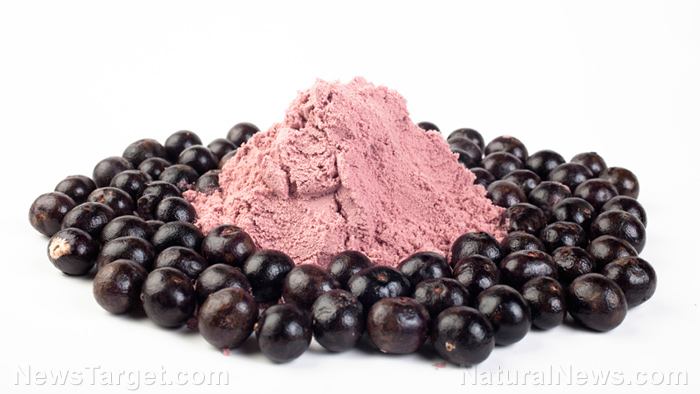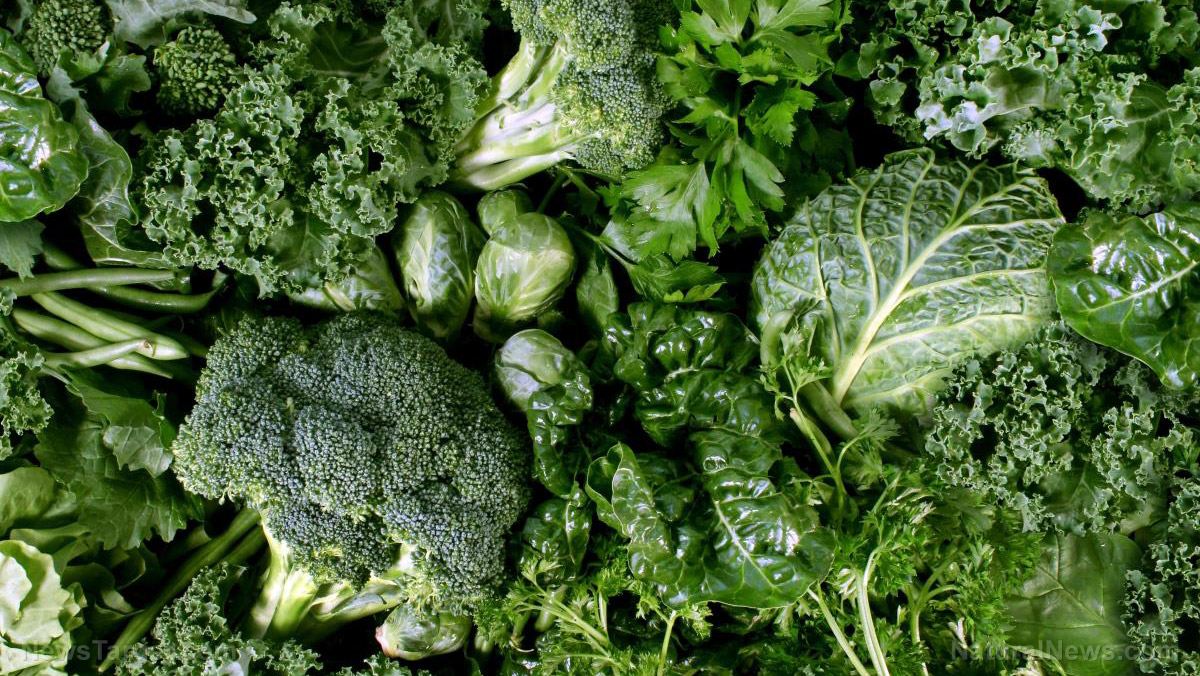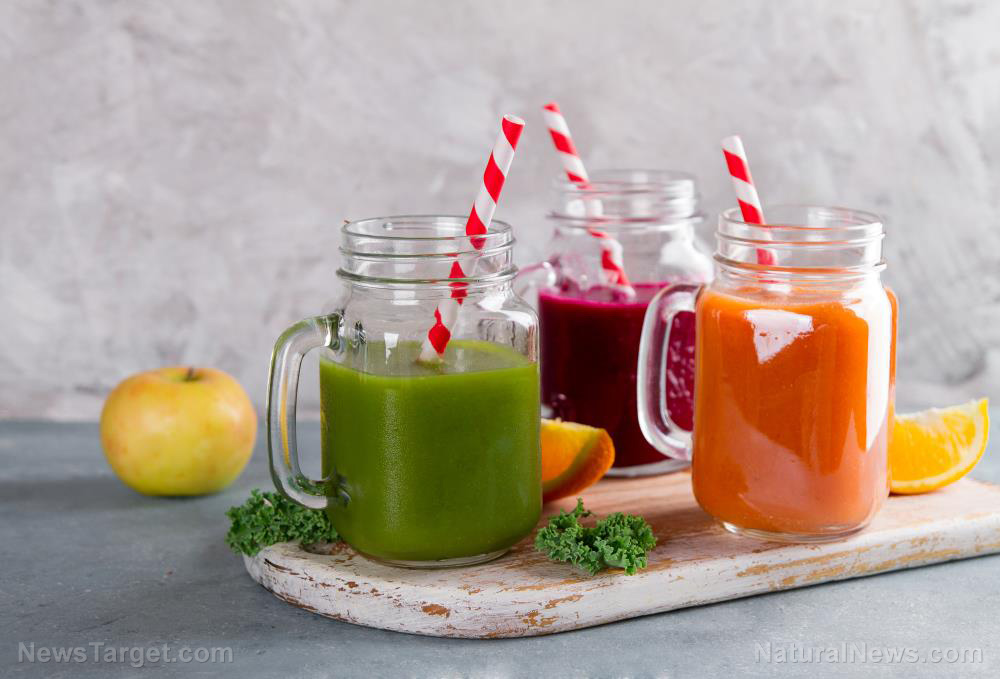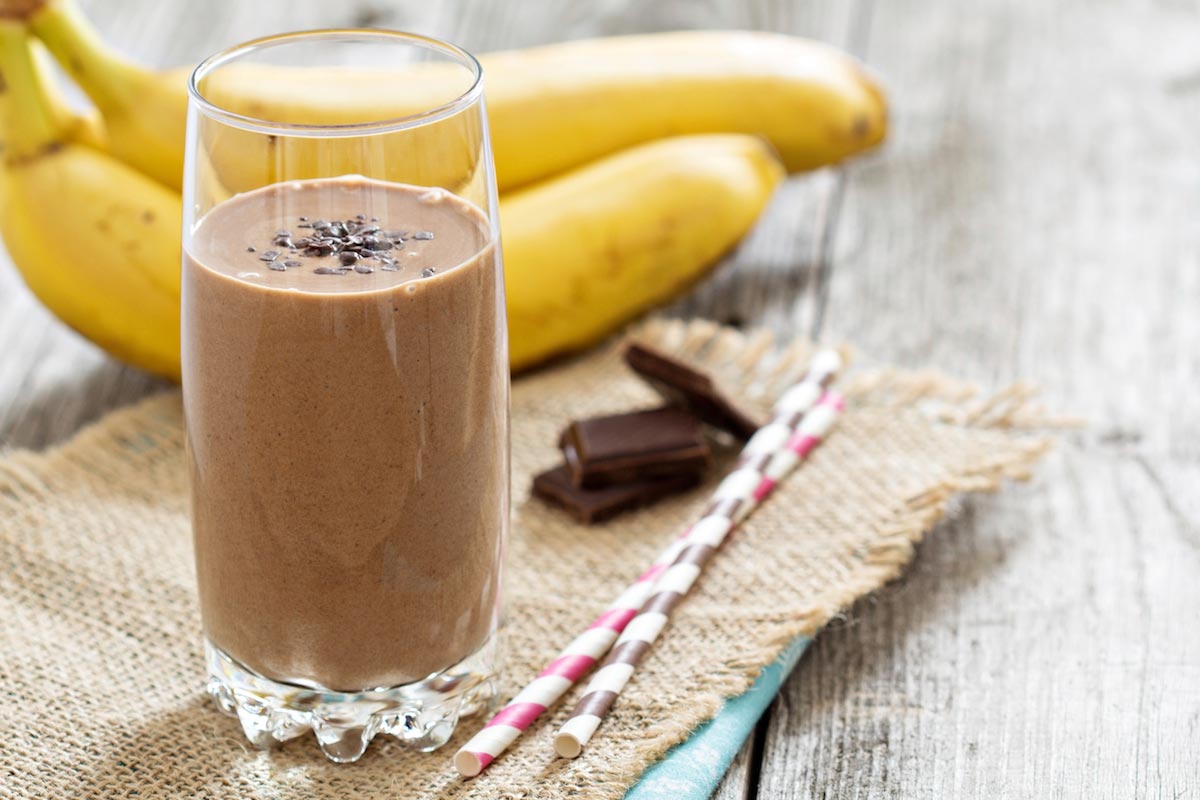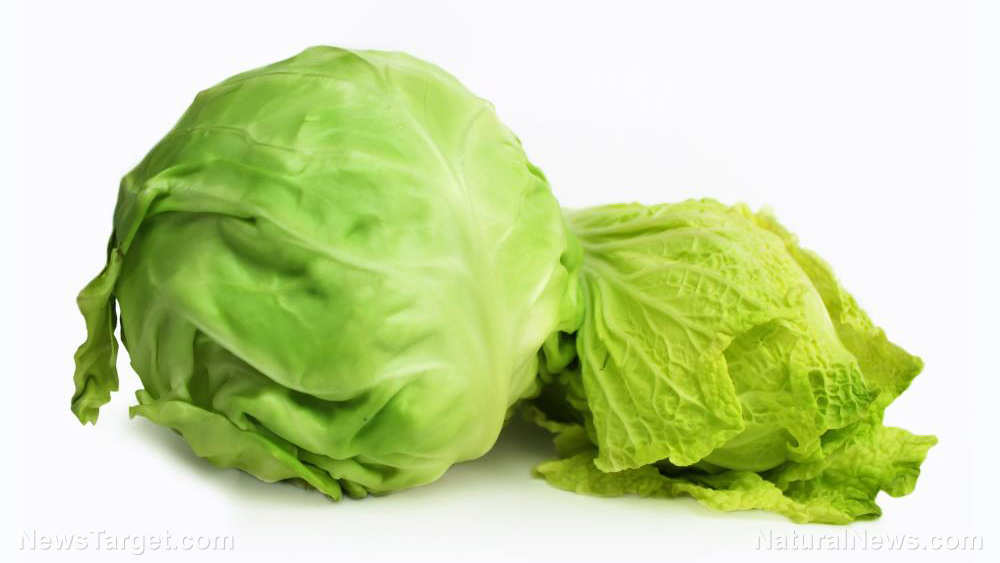Eat these 6 magnesium-rich foods to boost your overall health
09/29/2019 / By Zoey Sky

Magnesium is an essential mineral that plays a role in more than 300 enzymatic reactions in your body. Consuming foods rich in magnesium, like avocados and nuts, is the best way to prevent mineral deficiency and maintain your overall health.
Why is magnesium part of a healthy diet?
According to functional medicine expert Dr. Will Cole, magnesium is the fourth most abundant mineral in the body.
However, it is also one of the most common nutrient deficiencies in the United States. Cole noted that a whopping 50 to 90 percent of Americans suffer from a magnesium deficiency.
Your body requires magnesium for crucial processes like blood sugar balance, blood pressure regulation, DNA synthesis, energy production, and nerve function.
To prevent deficiency, you can take magnesium supplements or consume magnesium-rich whole foods.
The Cleveland Clinic reports that the recommended daily allowance (RDA) for magnesium is 400 to 420 milligrams (mg) for men and 310 to 320 mg for women.
Dr. Ilene Ruhoy, an integrative medicine doctor, shared that there are many natural food sources of magnesium. Increasing your consumption of these nutritious foods is ideal, especially since they’re also part of a healthy diet.
Eat the six foods below to boost your magnesium intake.
Avocado
A medium-sized avocado contains at least 58 mg of magnesium, or 15 percent of your RDA. Serve avocado on toast for a magnesium-rich, nutritious breakfast.
Avocado is also a great source of fiber, potassium, B vitamins, and vitamin K.
Dark chocolate
Dark chocolate is a magnesium-rich treat. An ounce of dark chocolate offers 64 mg of magnesium or 15 percent of the RDA.
This bittersweet treat also contains antioxidants, copper, iron, manganese, and prebiotic fiber that feeds the beneficial bacteria in your gut.
Leafy greens
Leafy greens are some of the healthiest foods available. They’re full of antioxidants, hormone-supporting compounds, and various vitamins and minerals.
A cup of cooked spinach offers 157 mg of magnesium, which is more than 50 percent of the RDA for women.
Other leafy greens that are full of magnesium include collard greens, kale, mustard greens, and turnip greens.
Legumes
Legumes like black beans and lentils are highly nutritious and are both great sources of magnesium. A cup of black beans contains 120 mg and one cup of lentils offers 71 mg.
Additionally, legumes are rich in micronutrients such as copper, folic acid, iron, potassium, and zinc. Beans also contain various B vitamins and phytochemicals like lignans and polyphenols.
Nuts
Almonds and Brazil nuts are full of healthy fats and protein. They’re the perfect snack if you love crunchy foods.
Additionally, nuts are full of magnesium. An ounce of cashews contains 74 mg of magnesium. (Related: Learn how to identify magnesium deficiency, and what foods fix it.)
Seeds
Hemp and pumpkin seeds are very high in magnesium. One ounce of hemp seeds contains about 179 mg of magnesium while the same serving of pumpkin seeds offers 156 mg.
Seeds are also full of iron and beneficial omega-3 fatty acids.
How to boost your magnesium intake
To increase your regular intake of magnesium-rich foods, start every morning with a nutritious green smoothie made of healthy ingredients such as avocado, cocoa powder, nut milk, and spinach.
Another option is to take magnesium supplements.
Below are other magnesium-rich foods that you can incorporate into your diet:
- Bananas
- Broccoli
- Bulgur – This Middle Eastern cereal food is made from the cracked groats of different wheat species. One cup of dry bulgur contains 230 mg of magnesium.
- Organic tofu
- Sesame seeds
- Whole grains
Follow a healthy diet full of magnesium-rich foods to maintain your overall health.
Sources include:
Tagged Under: avocado, bananas, black beans, broccoli, bulgur, cashews, dark chocolate, diet, Fresh, functional food, Leafy greens, legumes, lentils, Magnesium, magnesium deficiency, minerals, nutrients, nutrition, nuts, organics, seeds, sesame seeds, spinach, supplements, tofu, vegetables, veggie, whole grains
RECENT NEWS & ARTICLES
COPYRIGHT © 2017 VEGGIE NEWS

